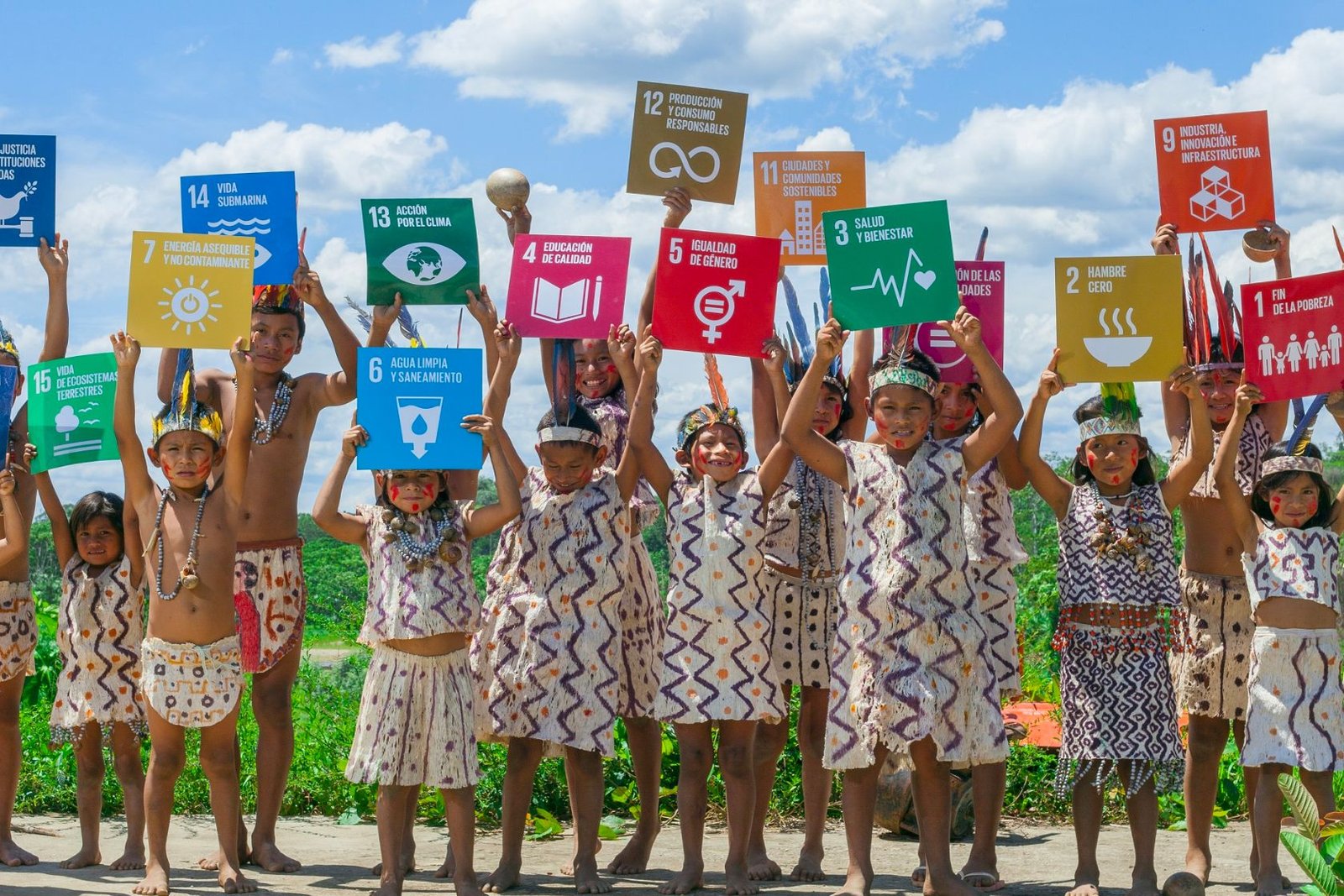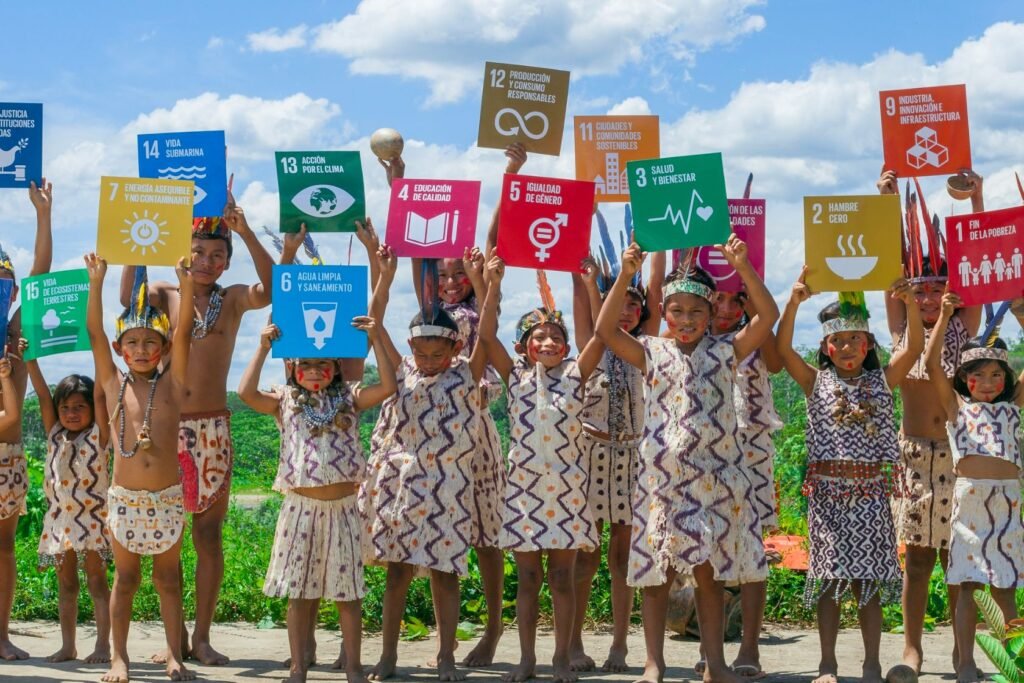The Sustainable Development Report (SDR) reviews progress made each year on the Sustainable Development Goals since their adoption by the 193 UN Member States in 2015. At the halfway mark to 2030, the Sustainable Development Report 2023 takes stock of progress made and discusses priorities to restore and accelerate SDG progress.
Published on the eve of the 2023 Paris Summit for a New Global Financial Pact, this year’s edition focuses specifically on the need to scale up development finance and to reform the global financial architecture to support the SDGs.





